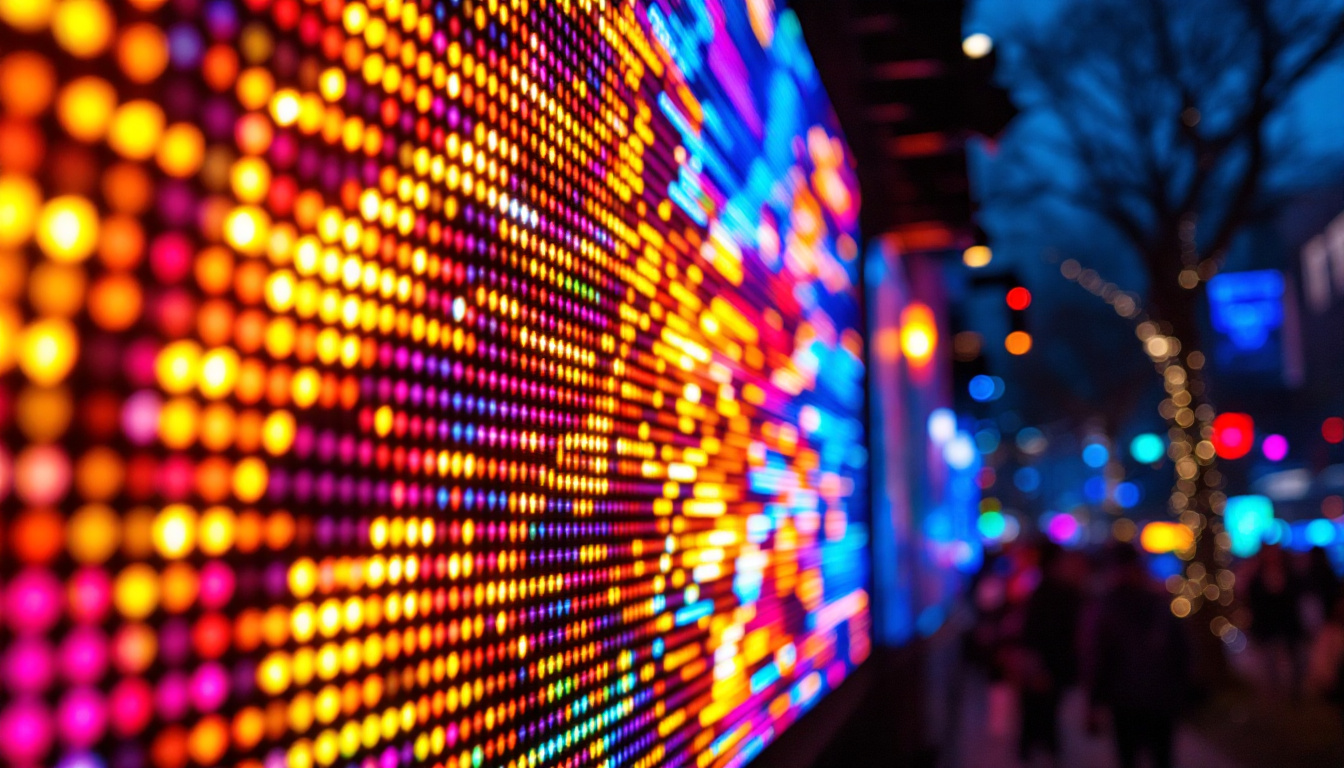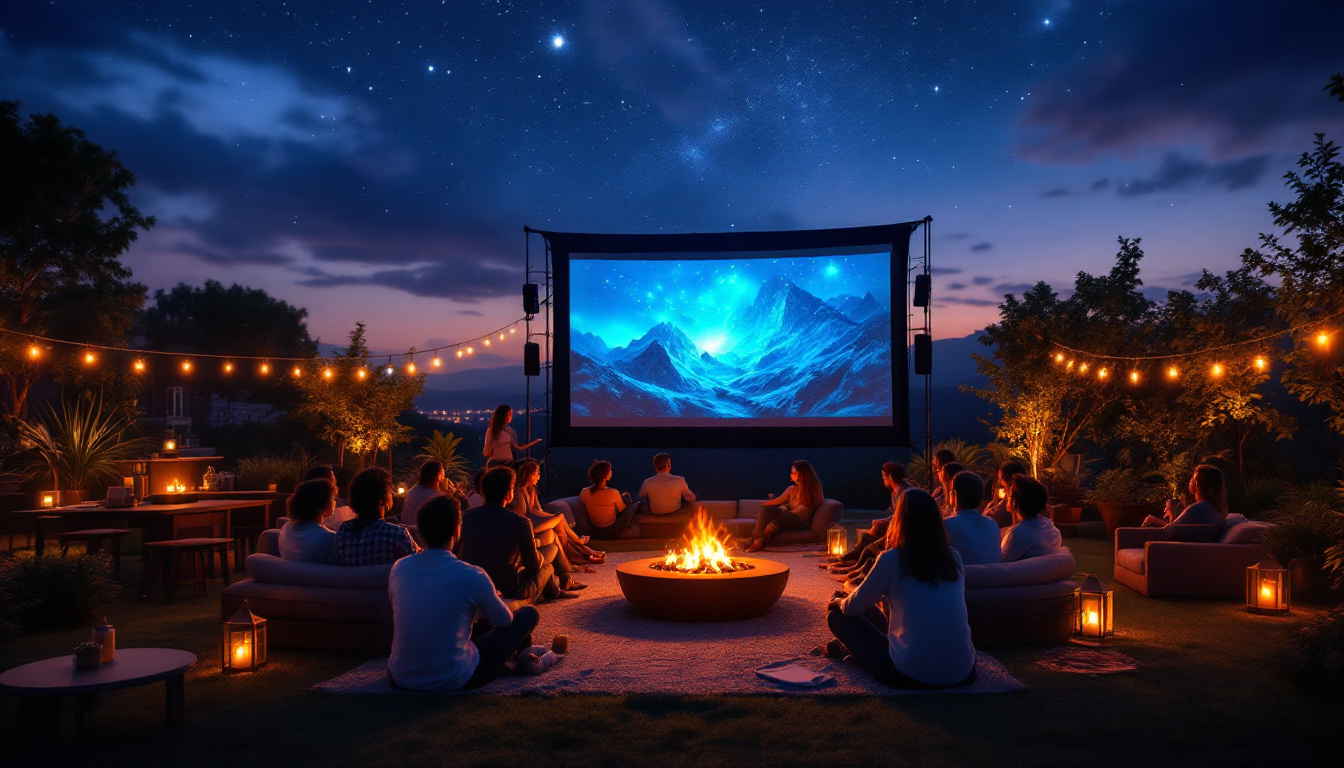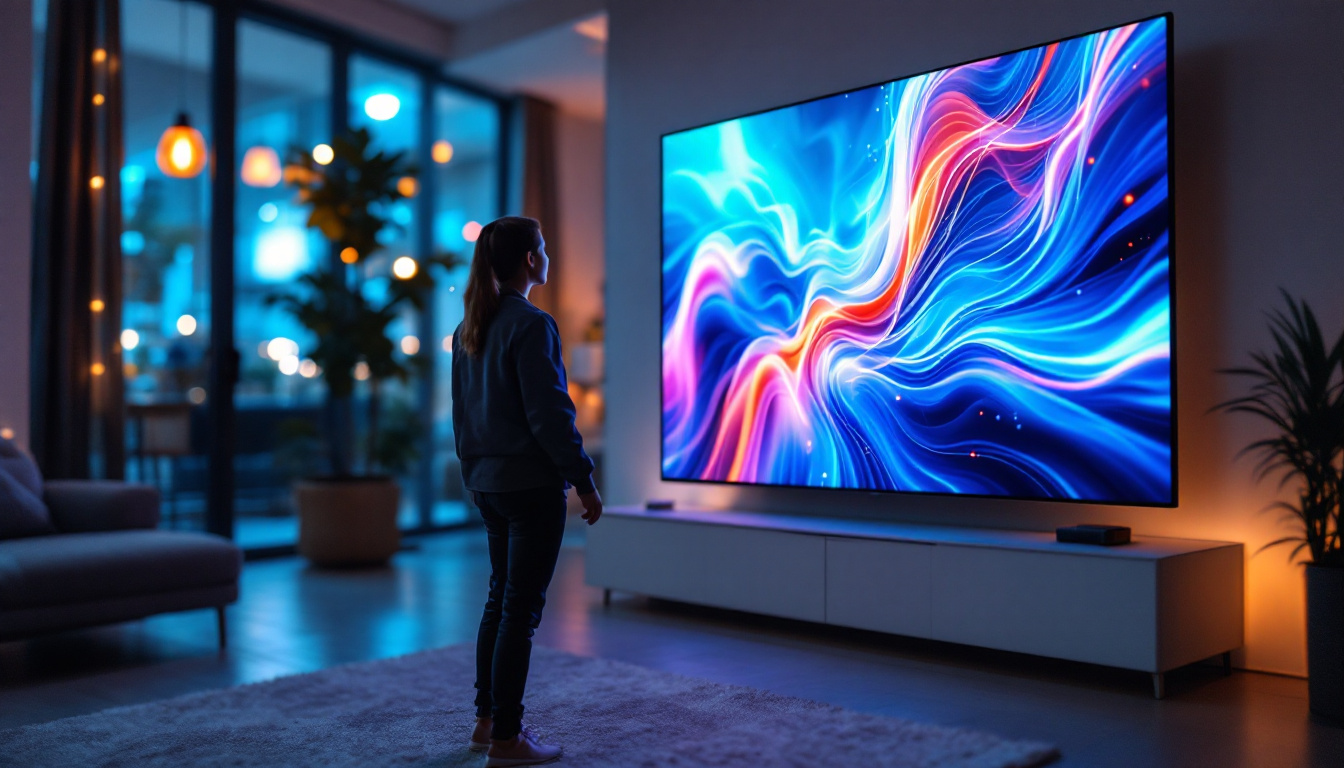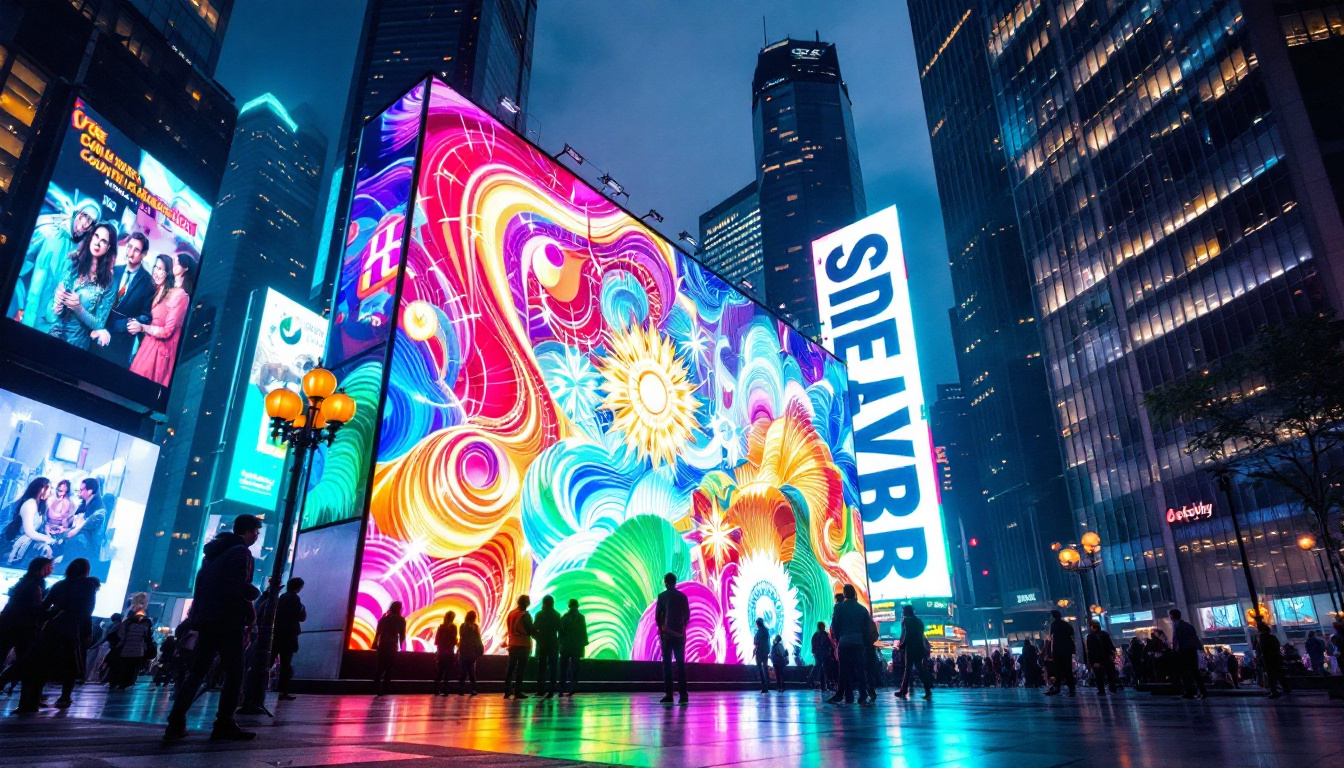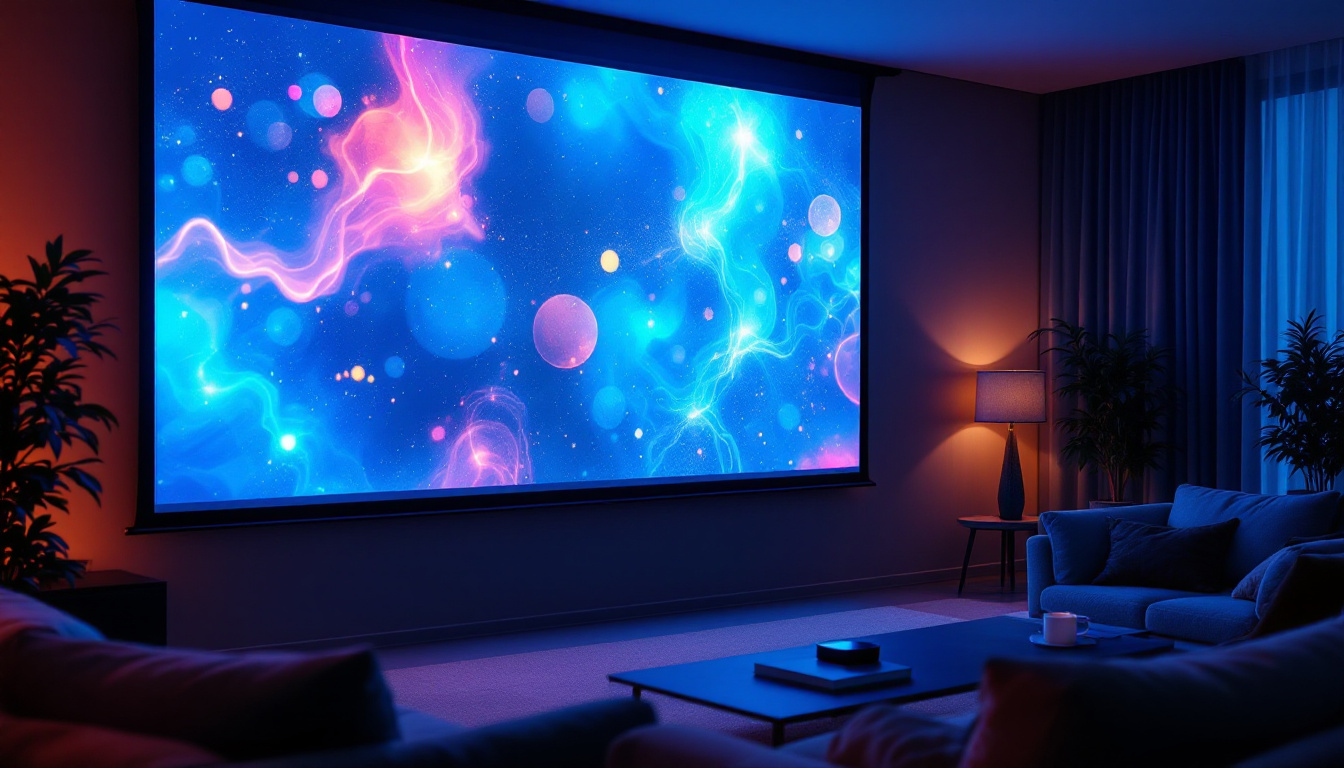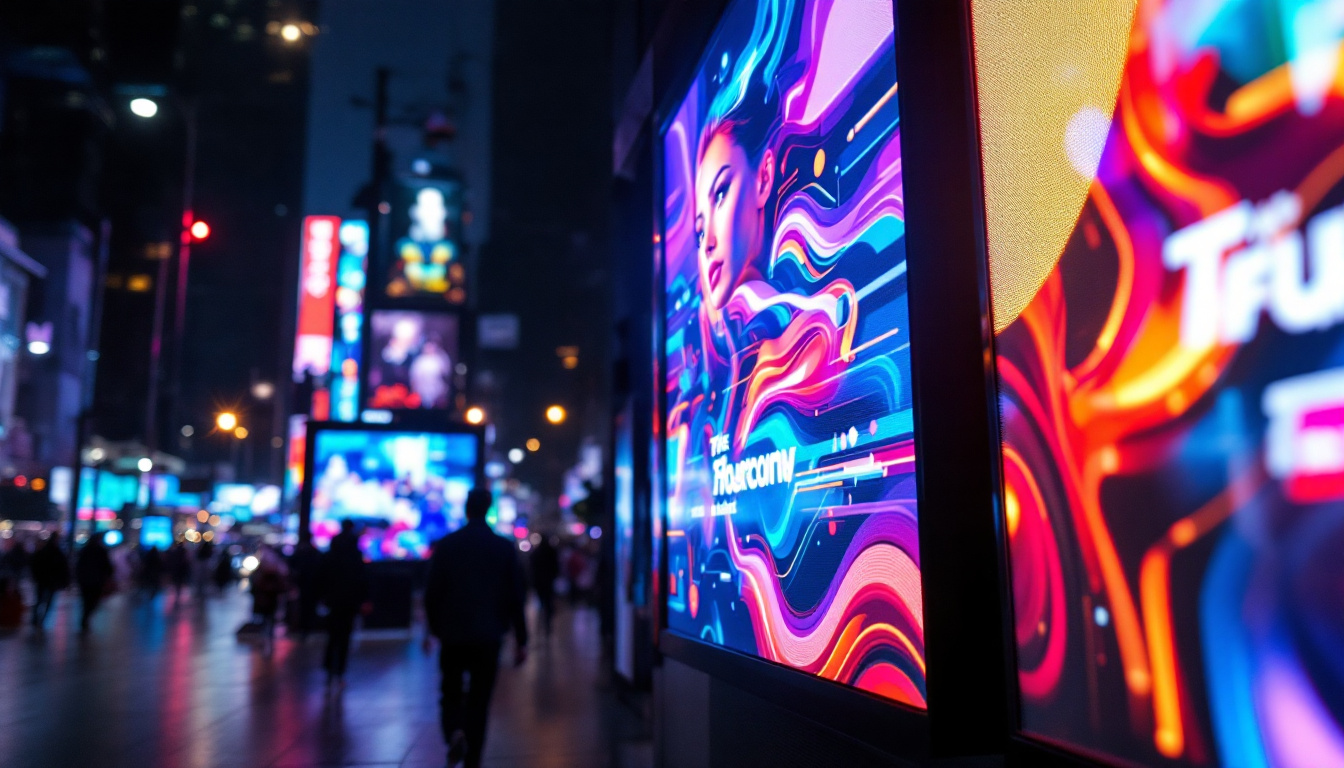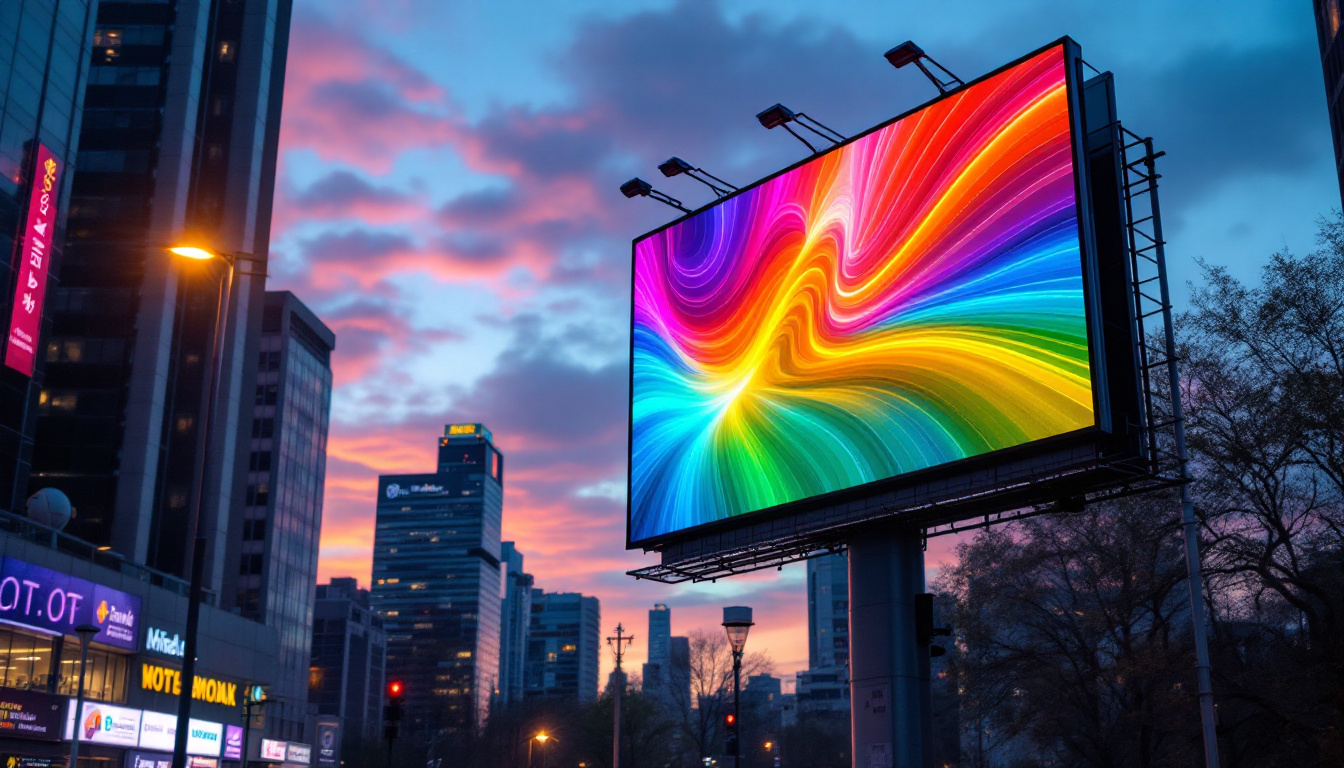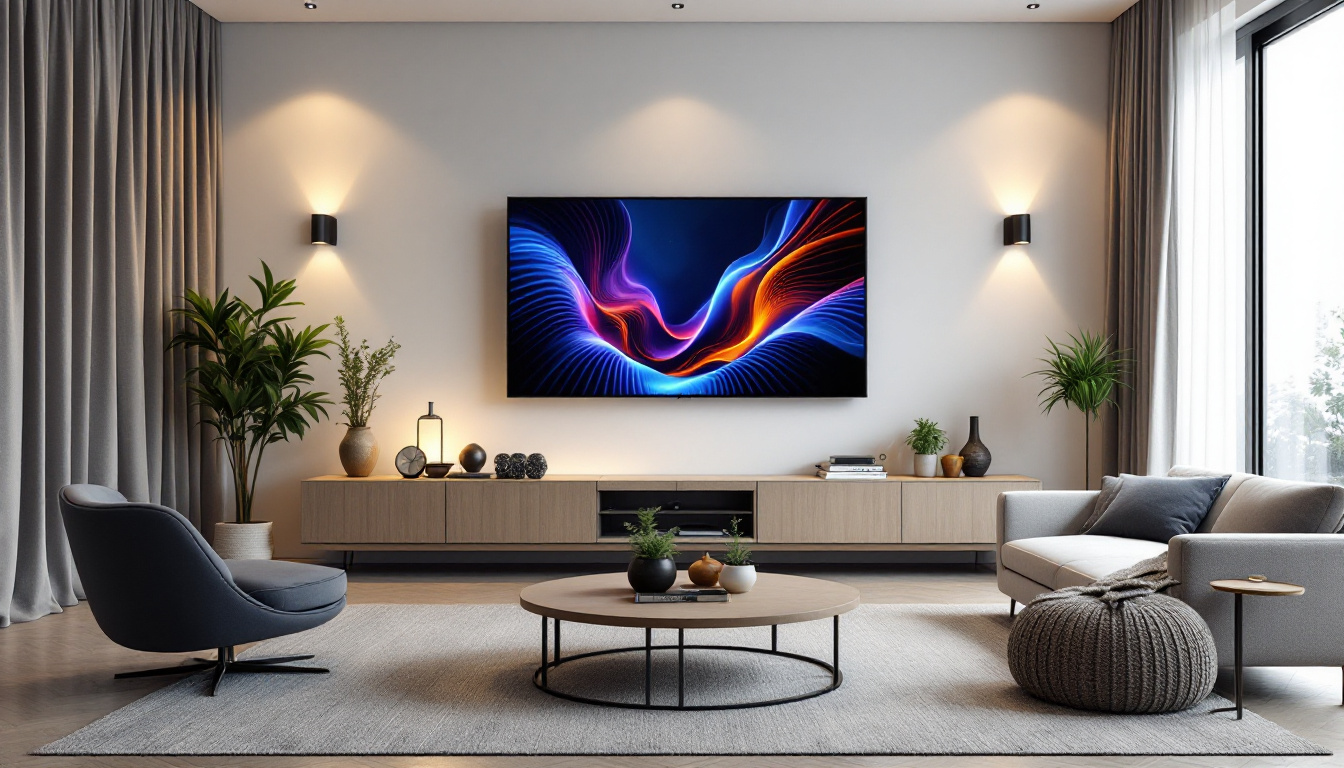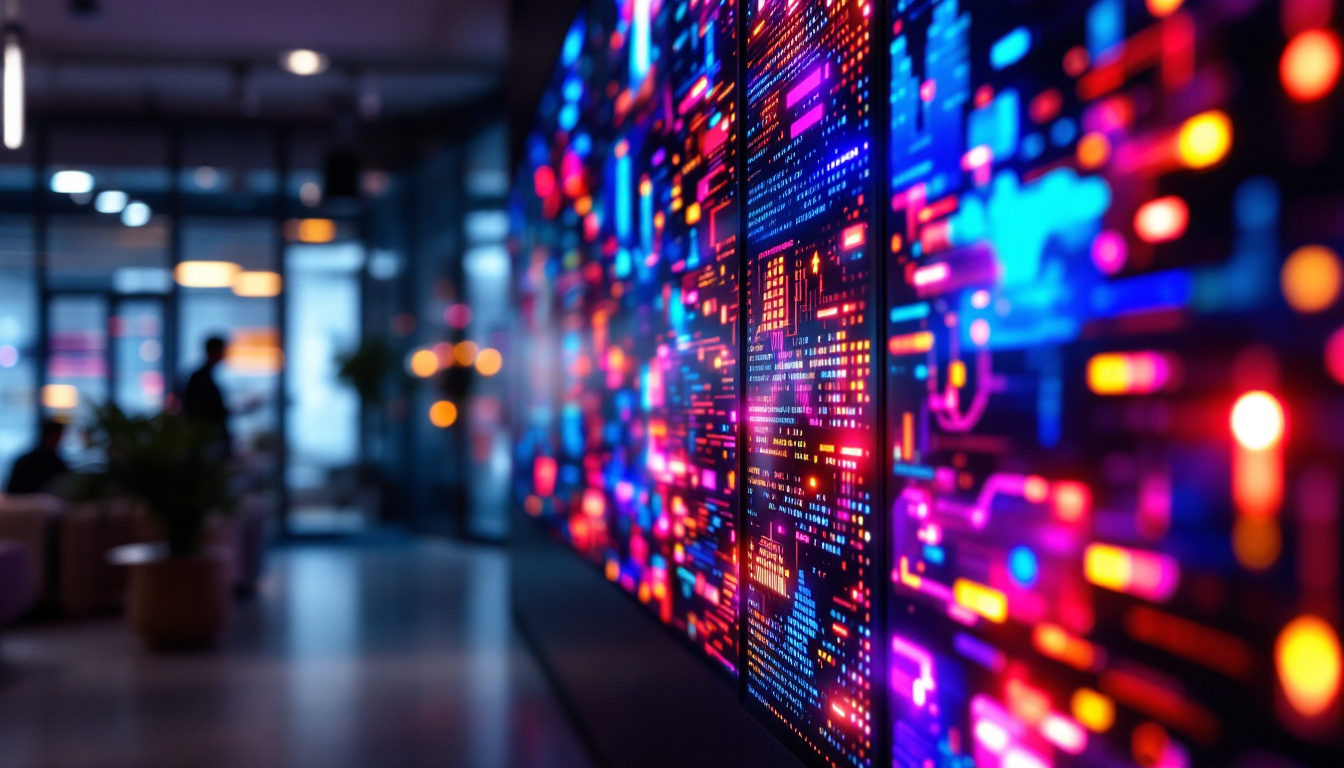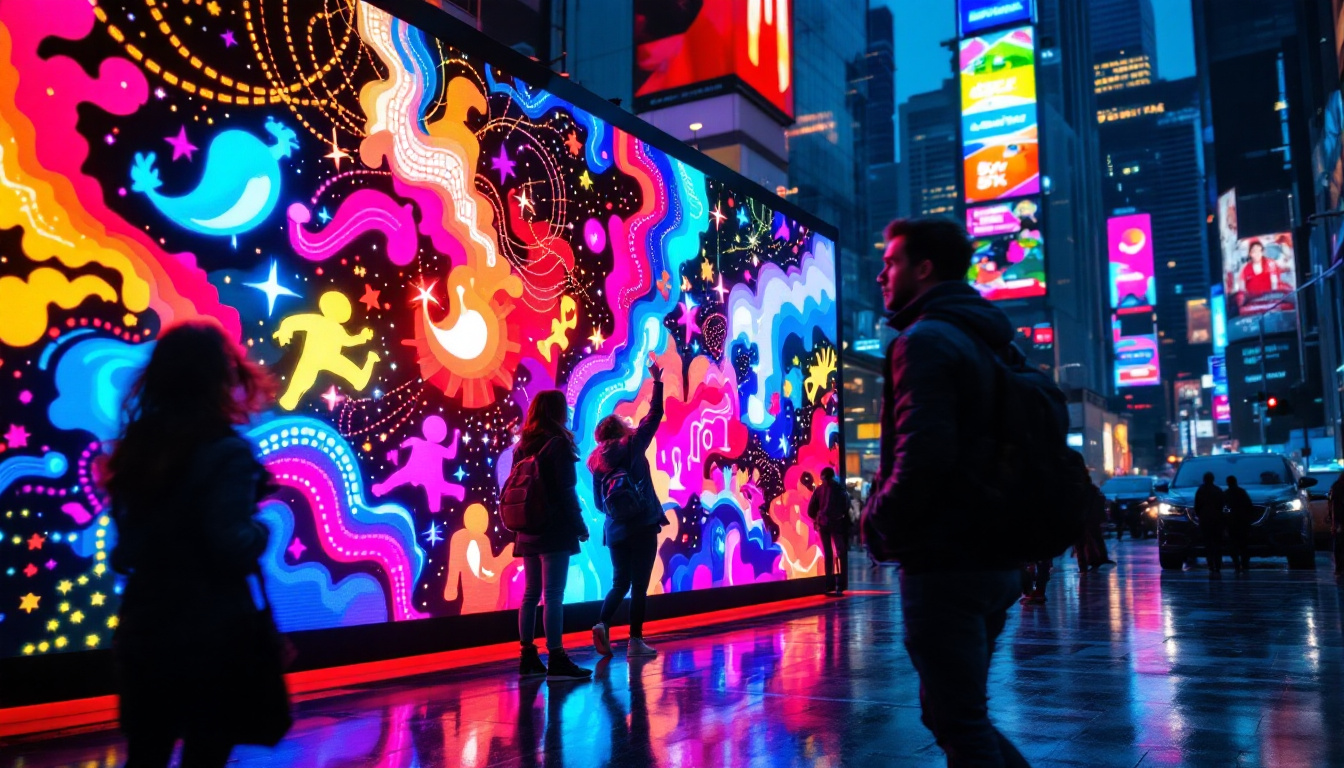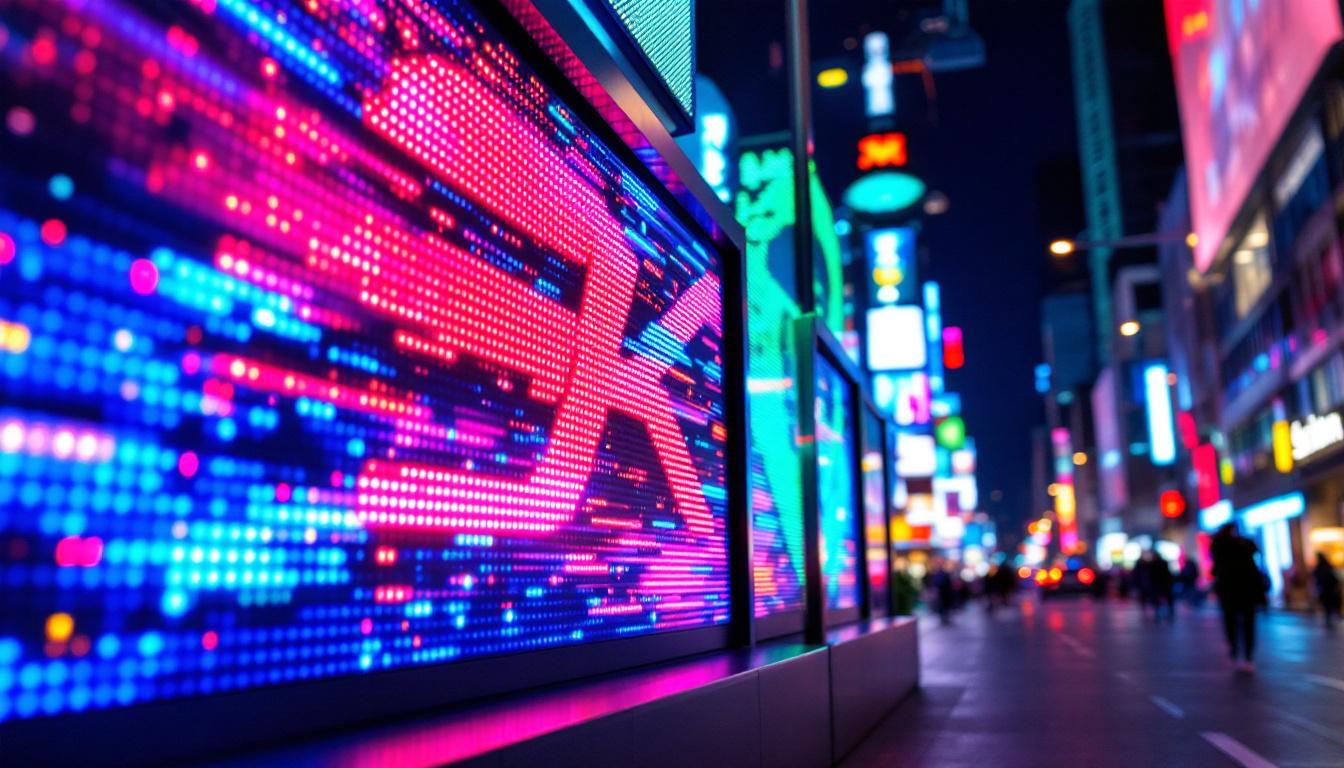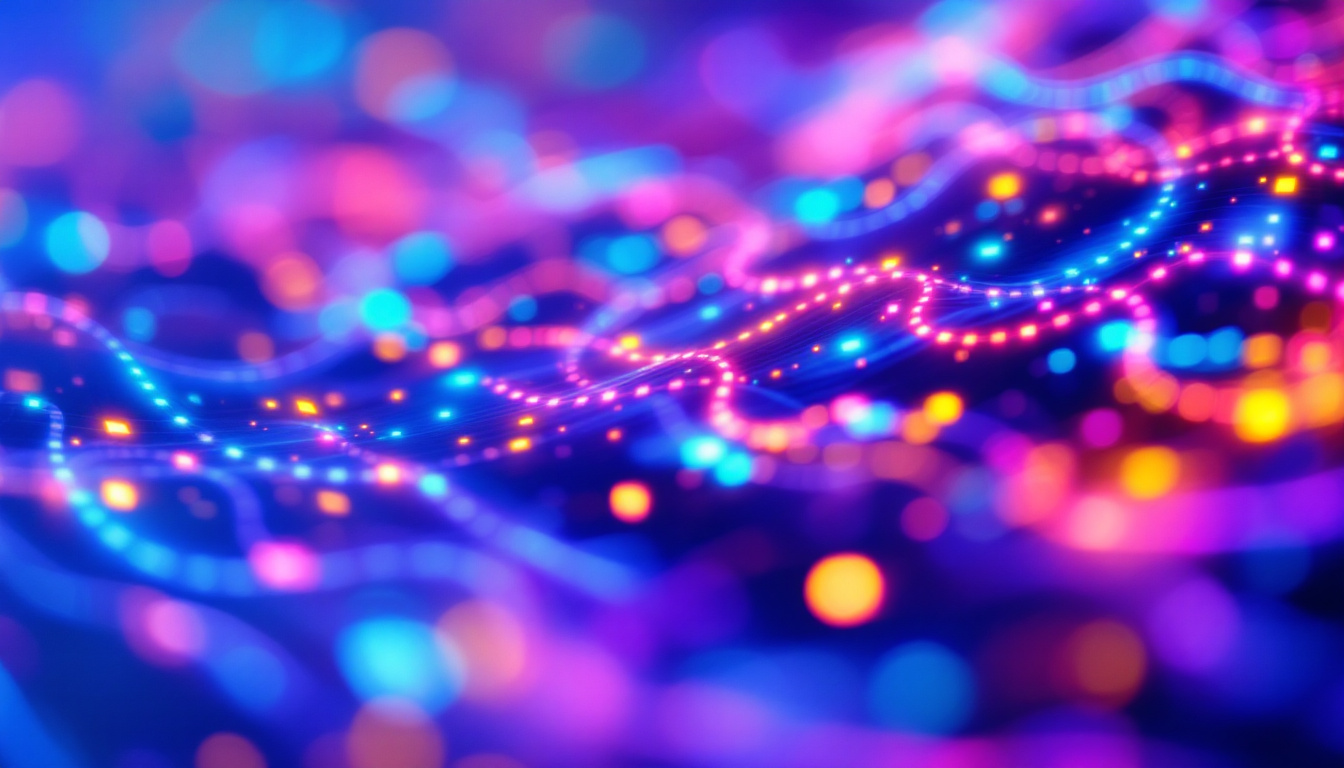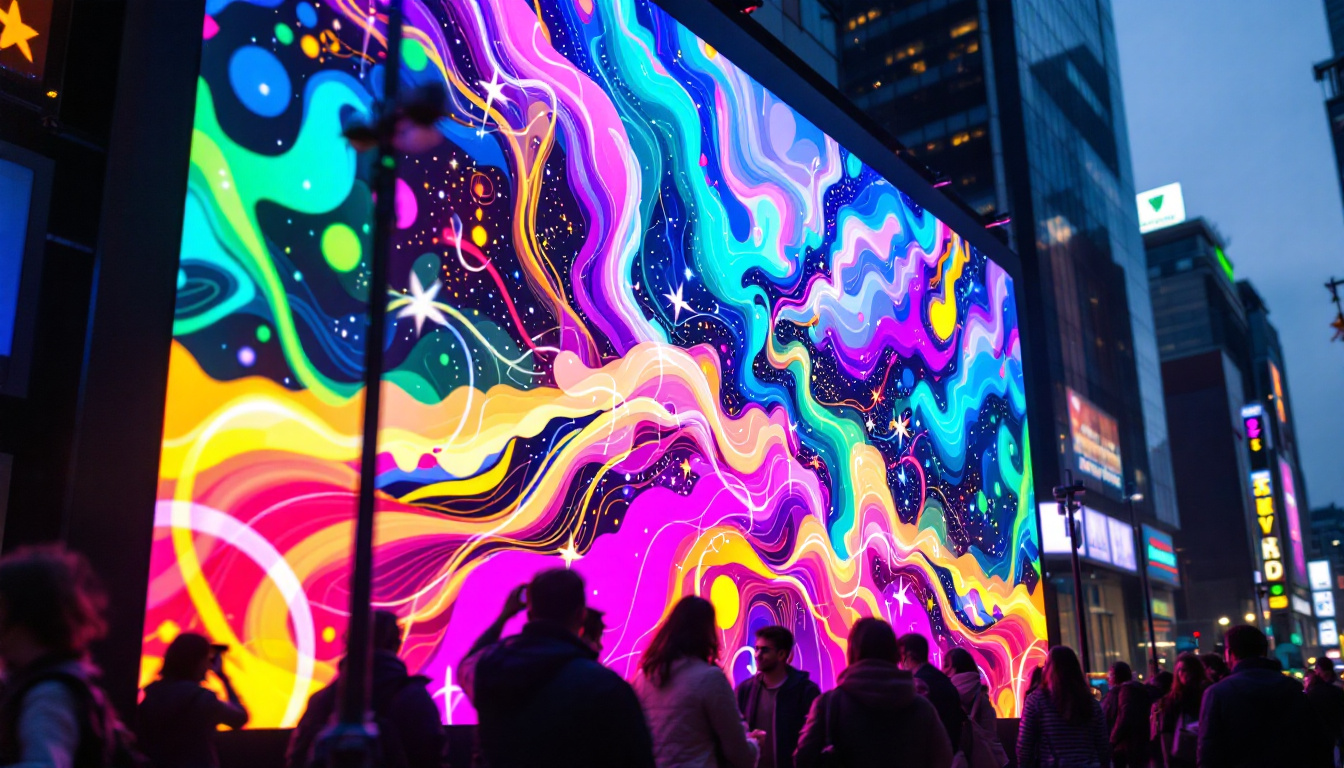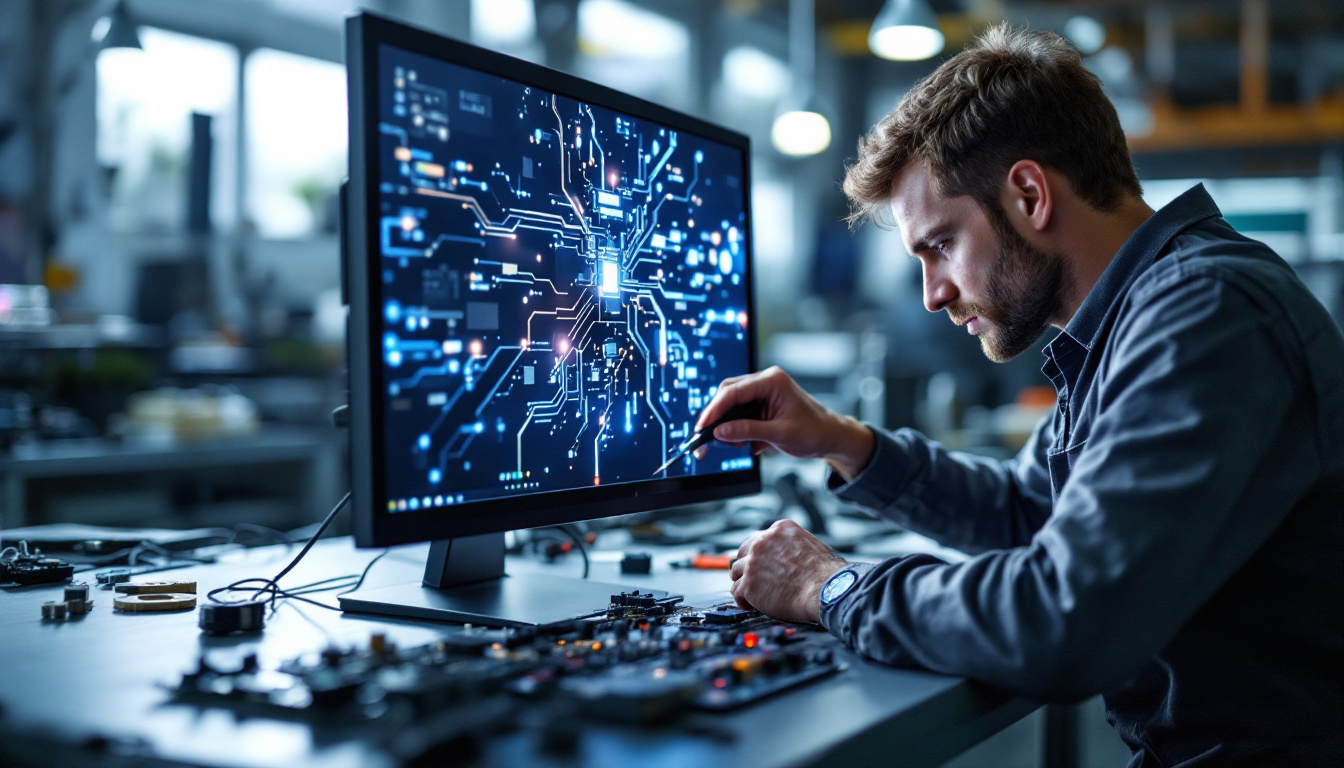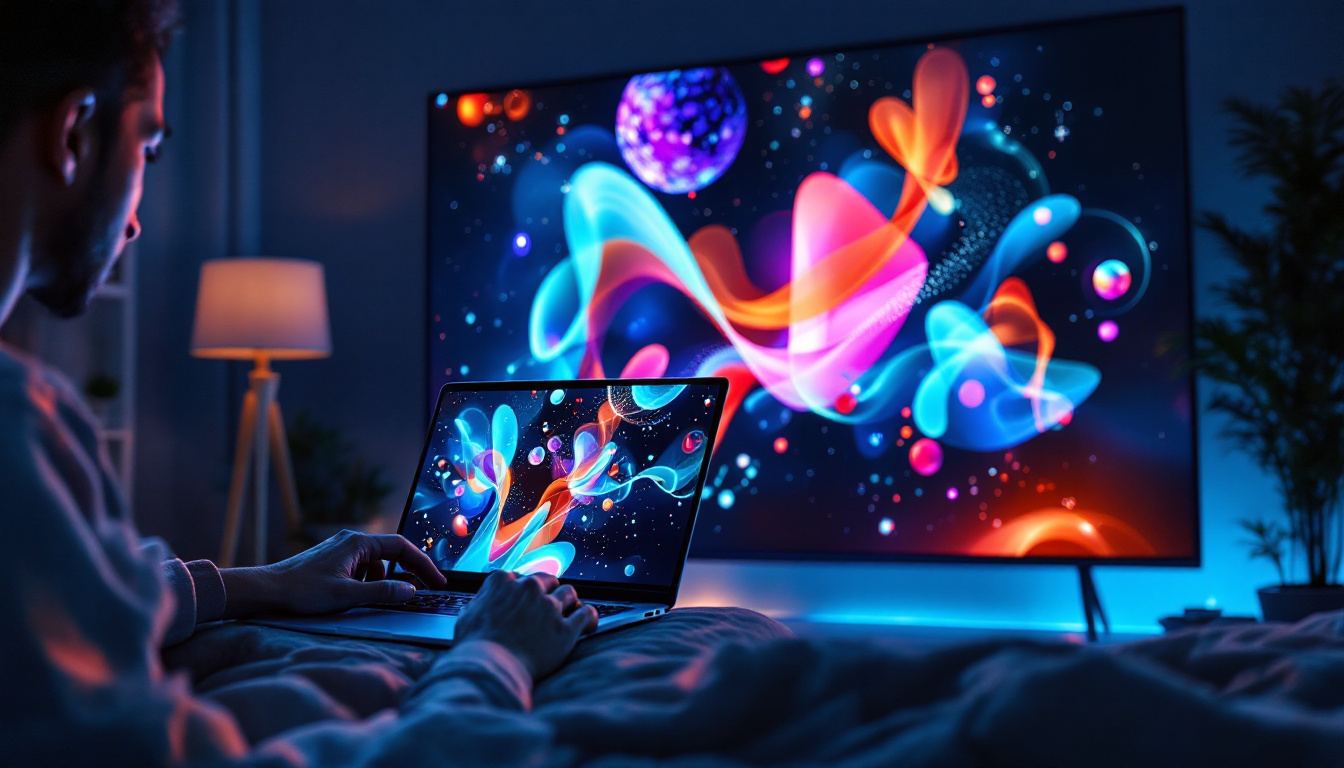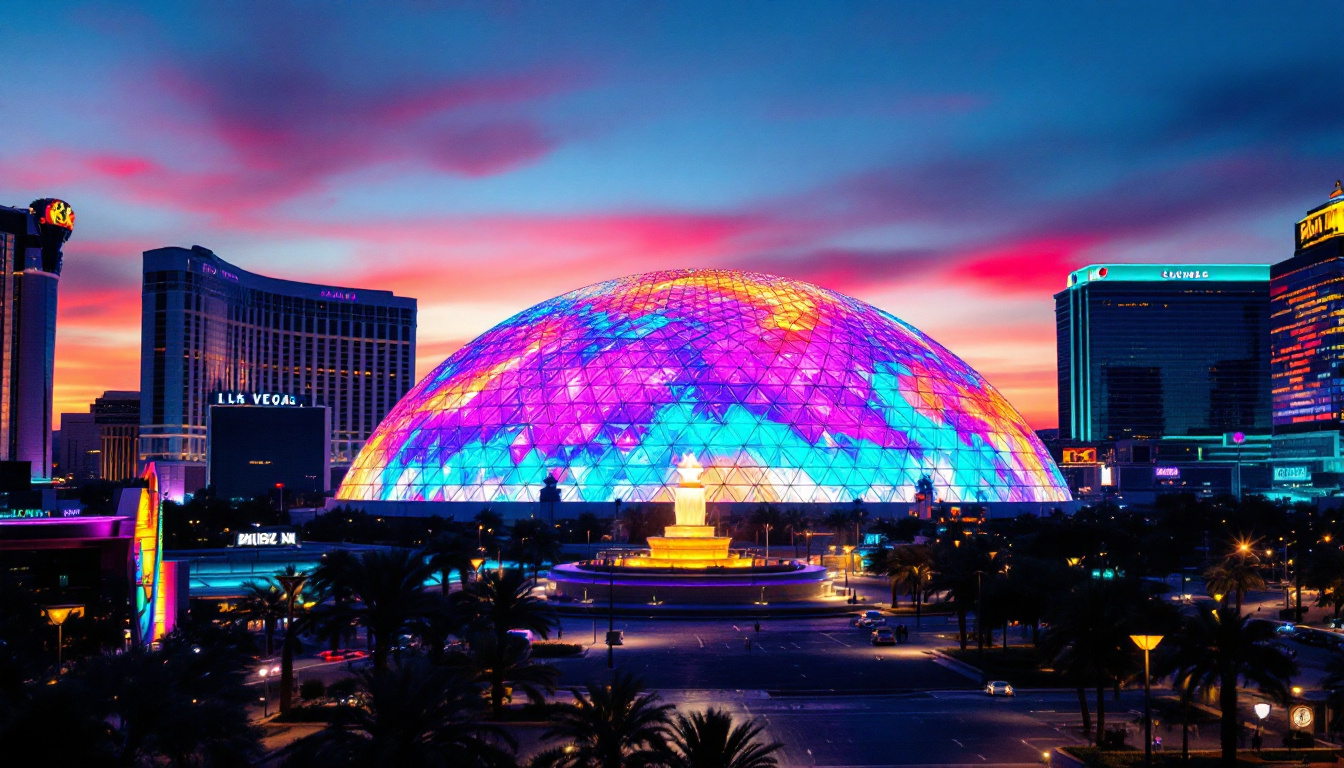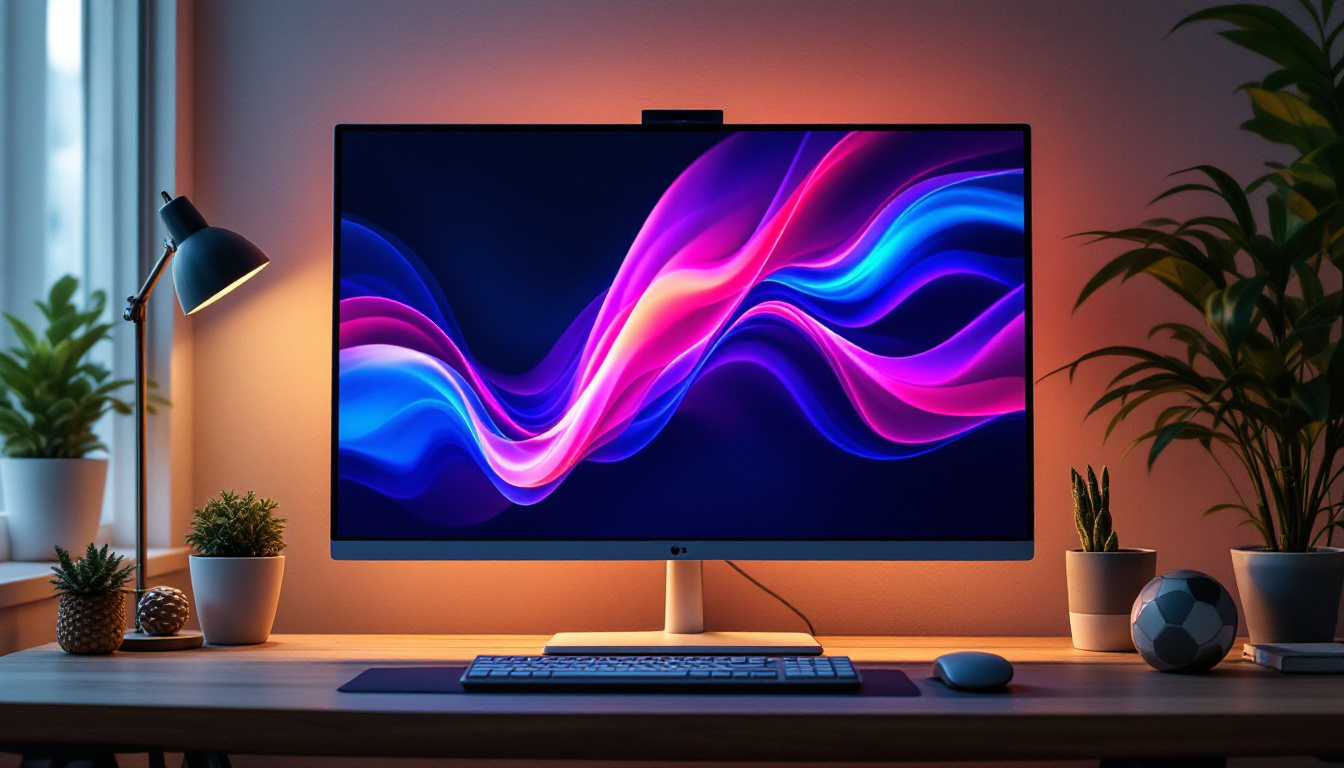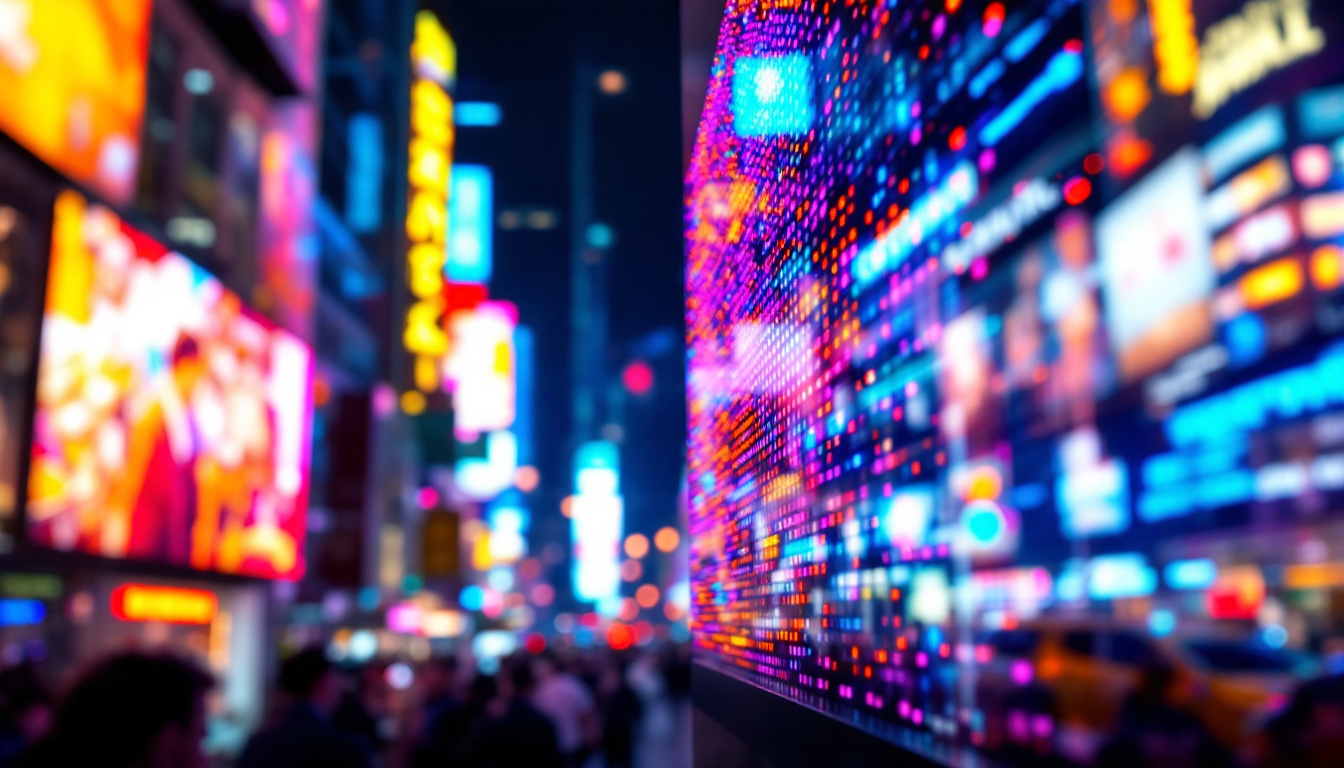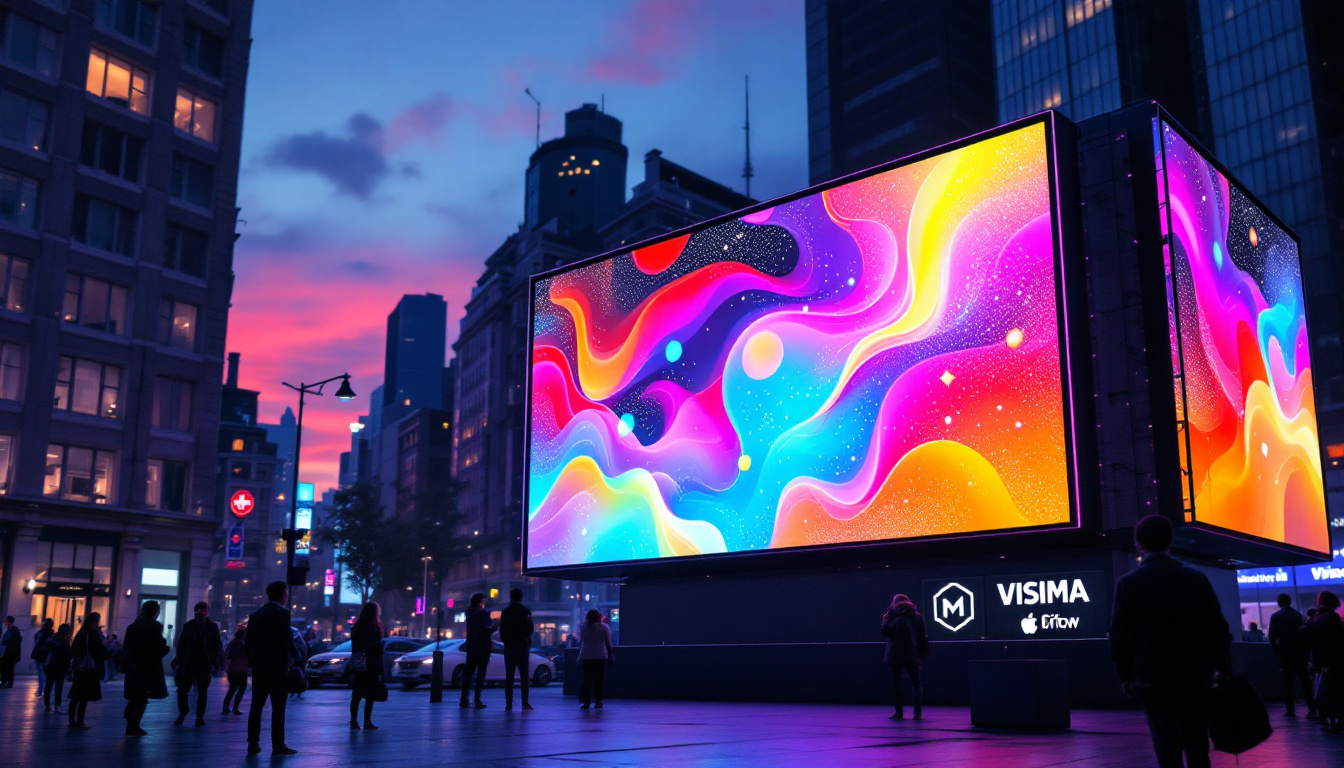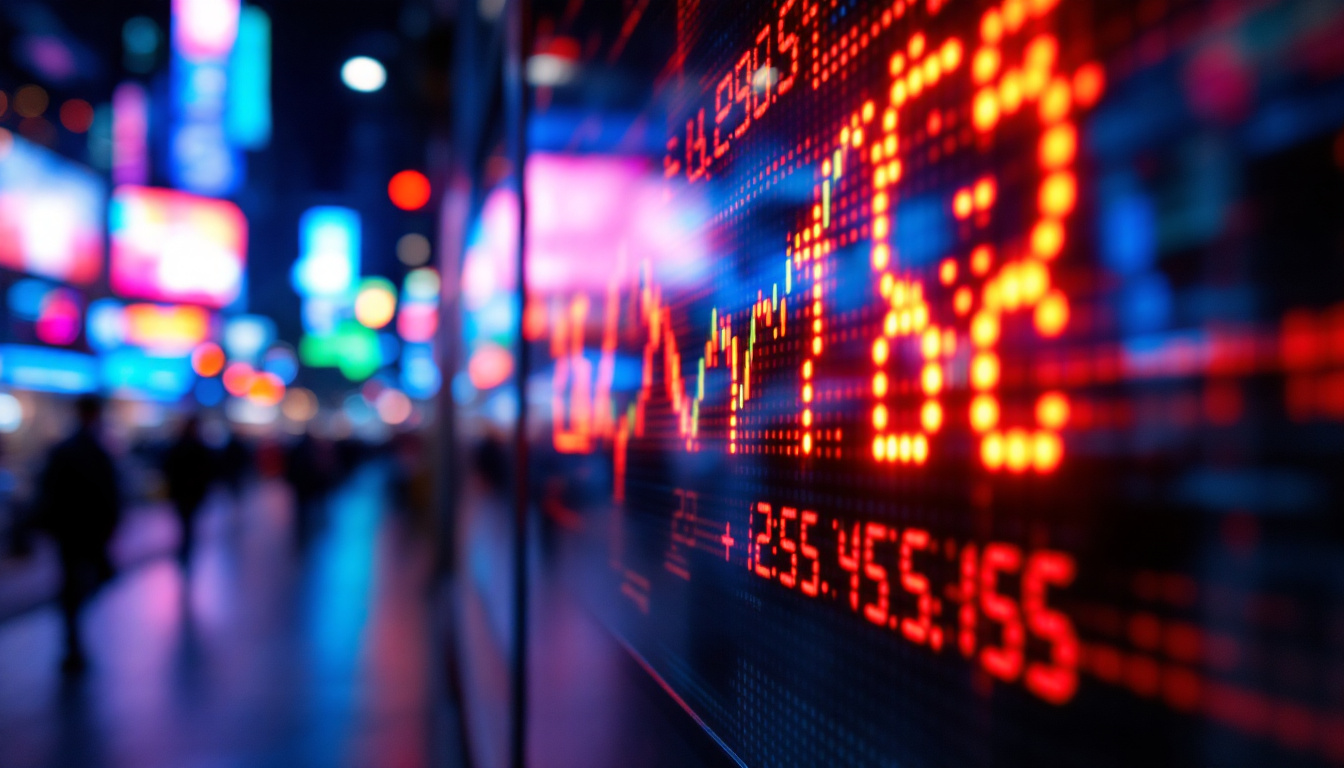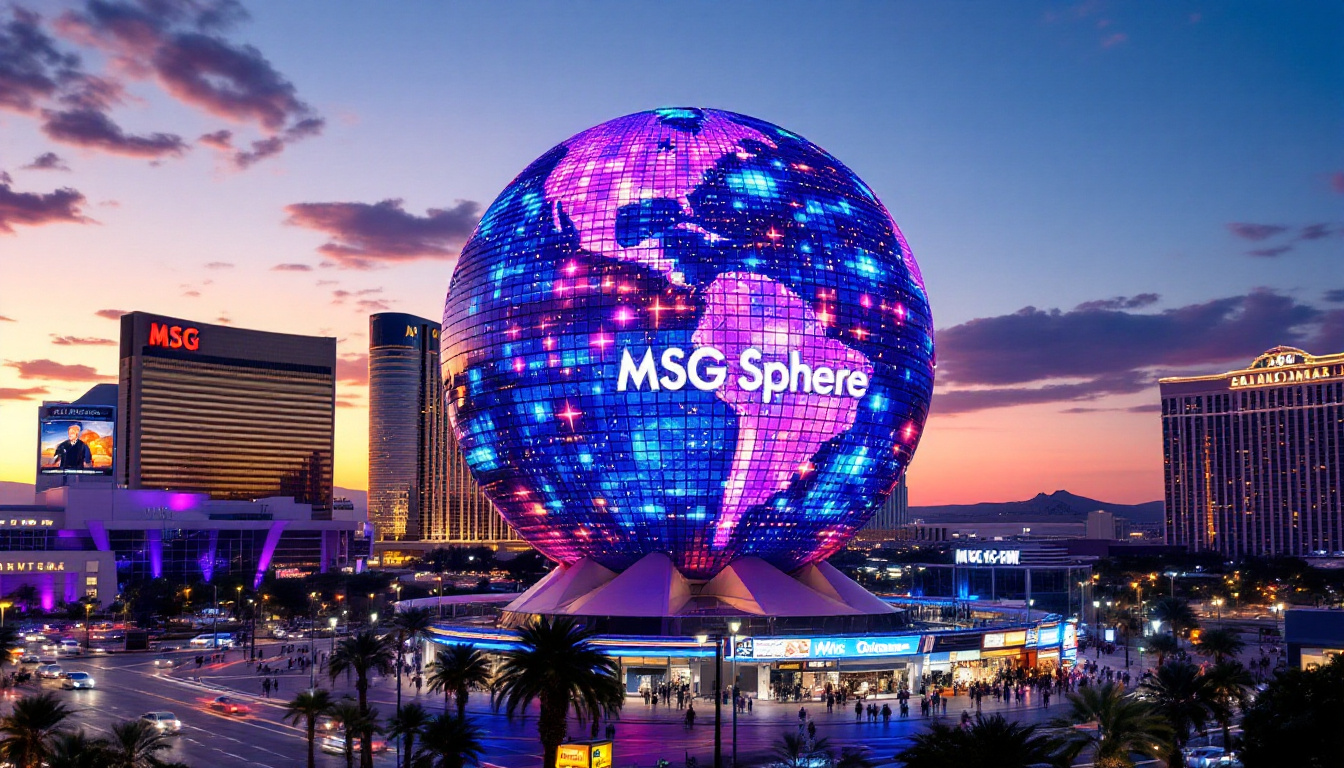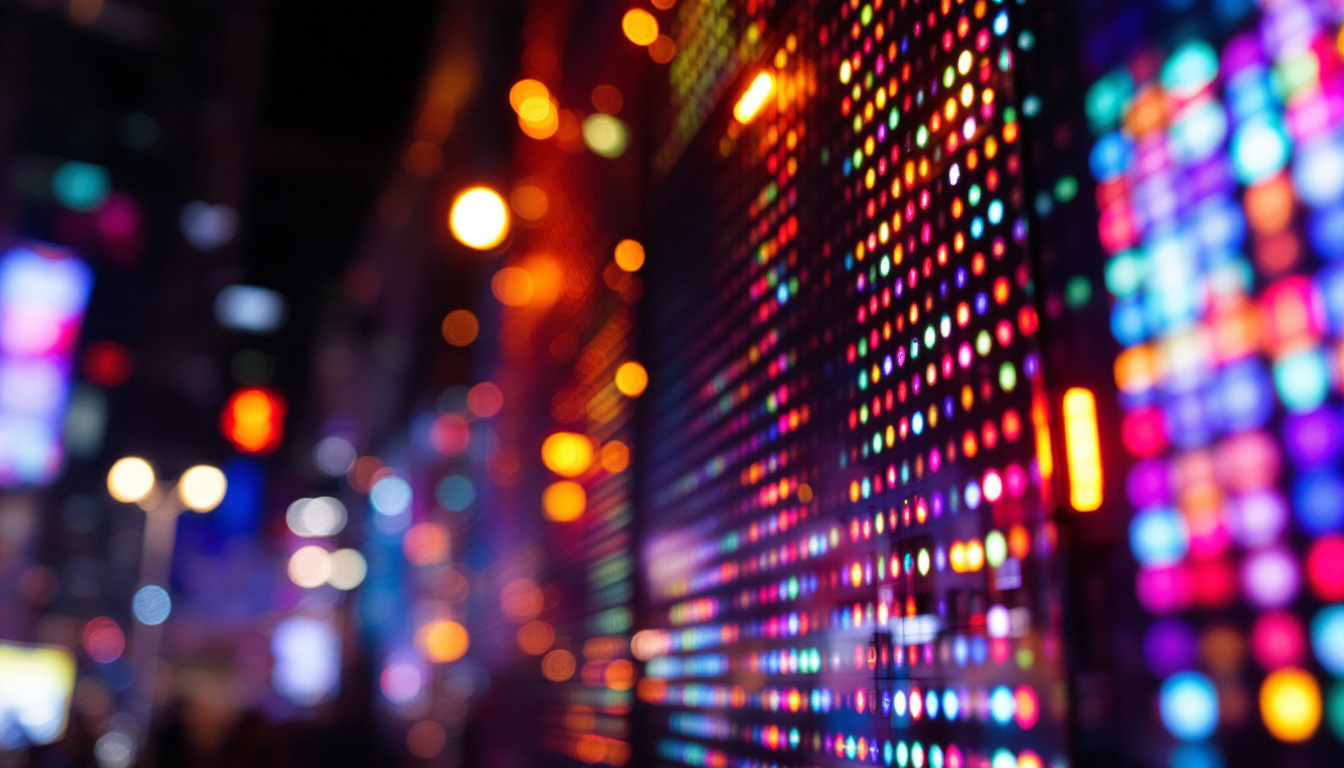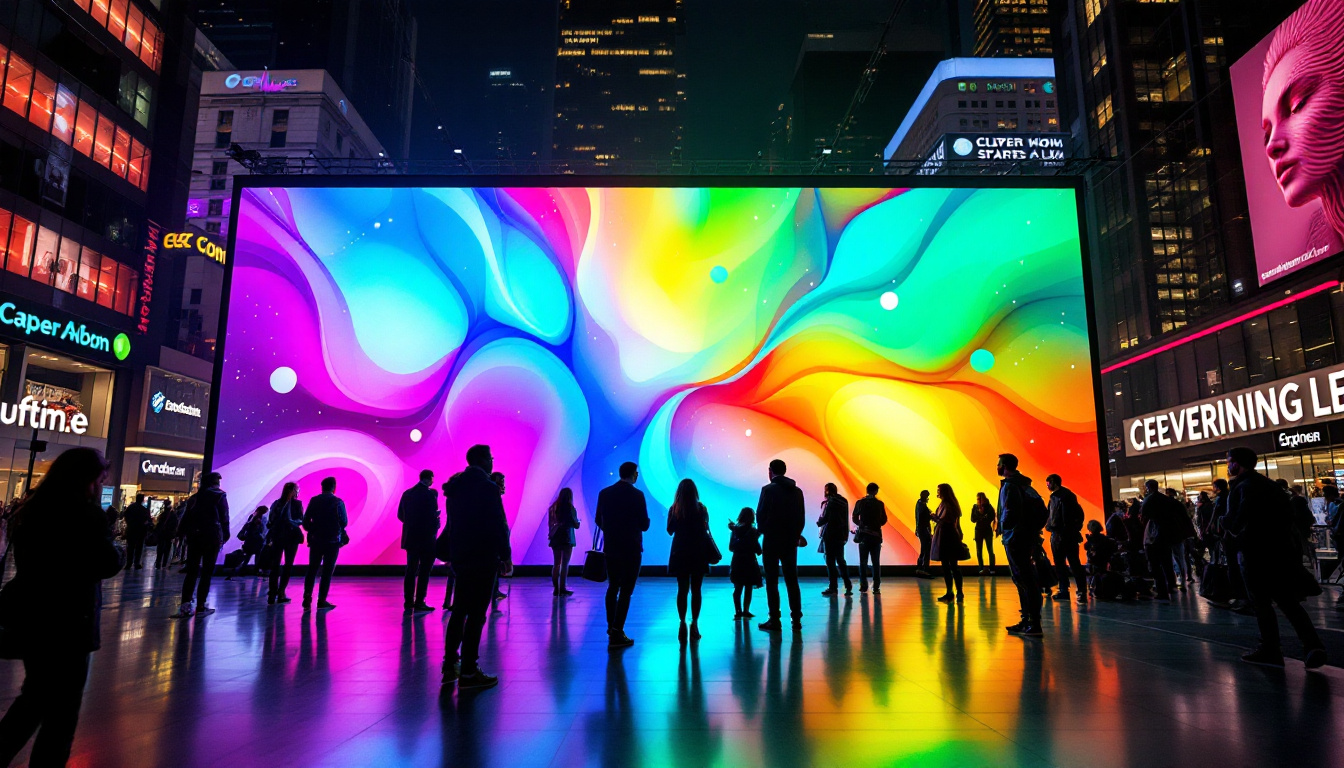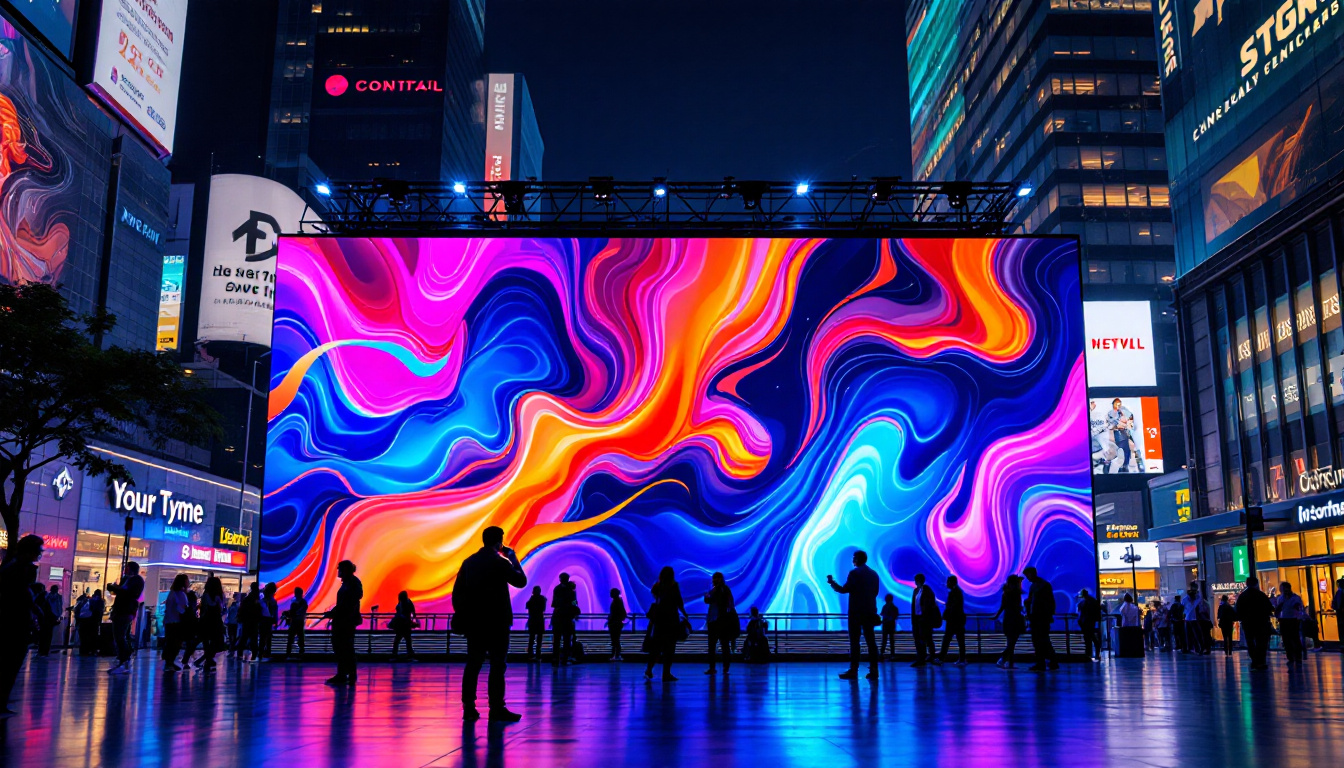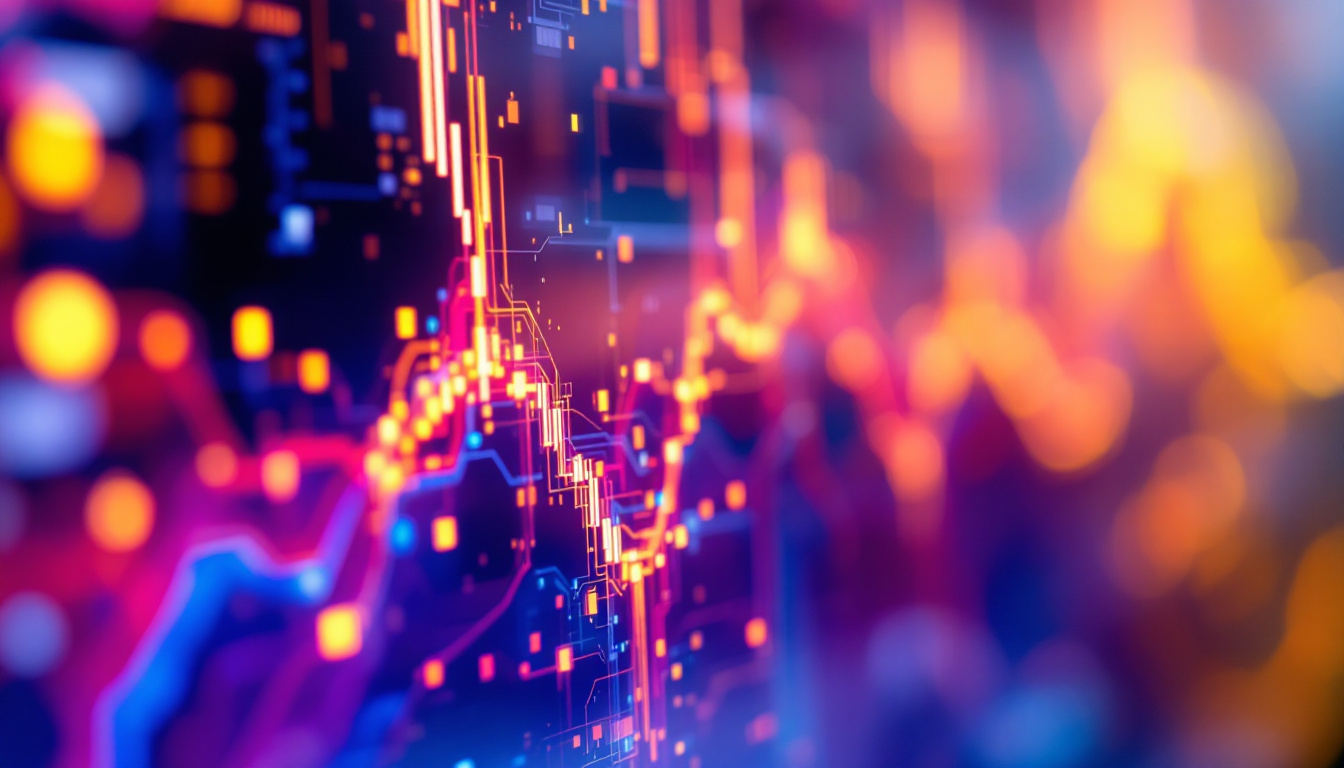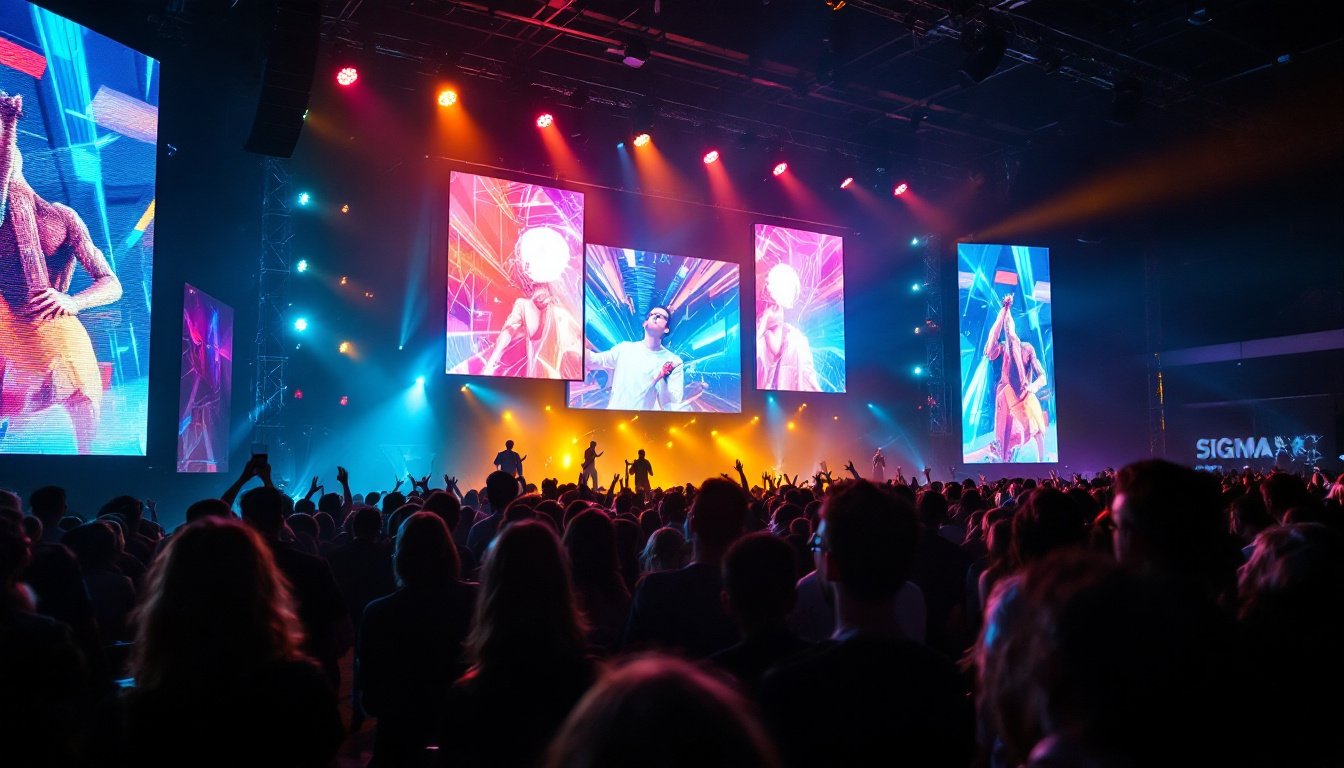In today’s fast-paced digital world, visual communication has become more crucial than ever. One of the most effective mediums for this communication is the LED display. Experience Inc. has been at the forefront of this technology, providing innovative solutions that transform the way brands engage with their audiences. This article delves into the intricacies of LED displays, their applications, benefits, and the technology that powers them.
Understanding LED Technology
LED, or Light Emitting Diode, is a semiconductor device that emits light when an electric current passes through it. This technology has revolutionized the display industry, offering brighter, more energy-efficient, and longer-lasting alternatives to traditional display technologies. The rapid advancement of LED technology has not only transformed the way we view content but has also led to significant reductions in energy consumption, making it an environmentally friendly choice for lighting and displays.
The Basics of LED Displays
At its core, an LED display consists of a matrix of pixels made up of individual LEDs. Each pixel can emit red, green, or blue light, and by varying the intensity of these colors, a wide spectrum of colors can be produced. This RGB (Red, Green, Blue) combination is the foundation of vibrant and dynamic visuals. The precision with which these colors can be controlled allows for stunning image quality and seamless transitions, making LED displays ideal for everything from digital billboards to high-definition televisions.
LED displays can be categorized into two main types: indoor and outdoor. Indoor displays are designed for lower brightness environments, while outdoor displays are built to withstand the elements and provide high visibility in bright sunlight. The outdoor models often feature enhanced protective measures, such as weatherproofing and anti-glare technology, ensuring that they remain functional and visually appealing regardless of the conditions.
Types of LED Displays
There are several types of LED displays, each serving different purposes. Some of the most common include:
- Direct View LED Displays: These are large screens made up of individual LED modules, often used for advertising and events. Their ability to deliver high brightness and contrast makes them perfect for catching the attention of passersby in bustling urban environments.
- LED Video Walls: Comprising multiple screens, these are often used in control rooms or for large-scale presentations. The modular nature of video walls allows for flexible configurations, enabling users to create unique shapes and sizes tailored to specific venues or events.
- LED Signage: Typically found in retail environments, these displays are used for promotional messages and information. Their versatility allows businesses to easily update content, ensuring that their messaging remains relevant and engaging to customers.
Additionally, advancements in LED technology have led to the emergence of flexible and transparent LED displays. Flexible LEDs can be bent and shaped to fit unconventional surfaces, opening up new possibilities for creative installations in architecture and design. Transparent LED displays, on the other hand, allow for the integration of digital content into windows and glass surfaces, providing a modern twist on traditional advertising while maintaining visibility through the glass. These innovations continue to push the boundaries of what is possible with LED technology, making it a dynamic and exciting field to watch.
Applications of LED Displays
LED displays have found their way into numerous industries, proving their versatility and effectiveness in various applications. From advertising to entertainment, their impact is profound.
Advertising and Marketing
One of the most prominent uses of LED displays is in advertising. Brands leverage these vibrant screens to capture attention and convey messages effectively. Billboards, storefronts, and event promotions all benefit from the dynamic content that LED displays can provide.
The ability to change content in real-time allows businesses to adapt their messaging based on time, audience, or even weather conditions. This flexibility enhances the effectiveness of marketing campaigns, making LED displays an invaluable tool for advertisers.
Entertainment Industry
In the entertainment sector, LED displays are ubiquitous. Concerts, festivals, and live events utilize large LED screens to enhance the audience experience. These displays can showcase visuals, live feeds, and animations that complement performances, creating a more immersive environment.
Moreover, sports arenas and stadiums have adopted LED technology for scoreboards and advertising, providing fans with real-time information and engaging content that enhances their overall experience.
Corporate and Educational Use
LED displays are also widely used in corporate environments for presentations, meetings, and conferences. Their ability to display high-quality visuals makes them ideal for conveying complex information effectively. Additionally, educational institutions utilize LED displays in classrooms for interactive learning experiences, making lessons more engaging for students.
Benefits of LED Displays
The advantages of LED displays extend beyond their visual appeal. They offer a multitude of benefits that make them a preferred choice for many applications.
Energy Efficiency
One of the standout features of LED technology is its energy efficiency. LED displays consume significantly less power compared to traditional display technologies, such as LCD or plasma screens. This not only reduces operational costs but also minimizes the environmental impact.
As businesses become more conscious of their carbon footprint, the energy efficiency of LED displays presents a compelling reason to make the switch. Over time, the savings on energy bills can be substantial, making it a financially sound investment.
Longevity and Durability
LED displays are known for their longevity. With proper maintenance, they can last upwards of 100,000 hours, far exceeding the lifespan of traditional displays. This durability makes them ideal for both indoor and outdoor applications, where exposure to the elements can be a concern.
Furthermore, LED displays are resistant to shock and vibration, making them suitable for high-traffic environments and events where durability is paramount.
High Brightness and Contrast
LED displays offer superior brightness levels, making them visible even in direct sunlight. This feature is particularly important for outdoor advertising, where visibility can be compromised by ambient light. The high contrast ratio of LED displays ensures that images and videos are sharp and vibrant, capturing the attention of passersby.
The Technology Behind LED Displays
Understanding the technology that powers LED displays is essential for appreciating their capabilities. Various components work in harmony to deliver stunning visuals.
Pixel Configuration
The pixel configuration of an LED display plays a crucial role in determining its resolution and image quality. Pixel pitch, which refers to the distance between the centers of two adjacent pixels, is a key factor. A smaller pixel pitch results in higher resolution and clearer images, making it ideal for close viewing distances.
For instance, a pixel pitch of 2.5mm is suitable for indoor displays where viewers are closer, while a pitch of 10mm or more is often used for larger outdoor displays viewed from a distance.
Control Systems
Control systems are integral to the operation of LED displays. These systems manage the content that appears on the screen, allowing for real-time updates and scheduling. Advanced control systems can integrate with other technologies, such as social media feeds or weather updates, to provide dynamic content that keeps audiences engaged.
Furthermore, many modern LED displays come equipped with software that simplifies the content management process, making it easier for users to create and deploy engaging visuals without needing extensive technical expertise.
Color Calibration
Color calibration is essential for maintaining the visual integrity of LED displays. Over time, individual LEDs may fade or change color, leading to inconsistencies in the display. Regular calibration ensures that colors remain vibrant and true to life, providing a consistent viewing experience.
Advanced calibration techniques can also optimize brightness and contrast levels, ensuring that the display performs well in various lighting conditions.
Future of LED Displays
The future of LED displays is bright, with ongoing advancements in technology promising even more innovative applications. As demand for high-quality visual communication continues to rise, manufacturers are exploring new possibilities.
Integration with Smart Technology
As smart technology becomes increasingly prevalent, the integration of LED displays with IoT (Internet of Things) devices is on the horizon. This integration will enable displays to interact with other devices, providing personalized content based on user preferences and behaviors.
For instance, a retail store could use smart LED displays to showcase products based on customer demographics or shopping history, creating a tailored shopping experience that enhances customer engagement.
Advancements in Flexibility and Design
Future LED displays are expected to become more flexible and versatile in design. Innovations in materials and manufacturing processes are paving the way for bendable and transparent displays, which can be used in a variety of creative applications. This flexibility will open new avenues for artistic expression in advertising and design, allowing brands to create unique visual experiences.
Sustainability Initiatives
As environmental concerns grow, the LED display industry is likely to focus on sustainability. Manufacturers are exploring eco-friendly materials and production processes, aiming to reduce waste and energy consumption. This shift towards sustainability will not only benefit the environment but also appeal to consumers who prioritize eco-conscious brands.
Conclusion
LED displays have transformed the landscape of visual communication, offering unparalleled brightness, energy efficiency, and versatility. Experience Inc. stands at the forefront of this technology, providing innovative solutions that cater to a diverse range of applications. As the industry continues to evolve, the future of LED displays promises exciting advancements that will further enhance their impact on advertising, entertainment, and beyond.
With their ability to engage audiences and convey messages effectively, LED displays are not just a trend; they are a fundamental component of modern communication strategies. As businesses and organizations seek to connect with their audiences in meaningful ways, the role of LED displays will only continue to grow.
Discover LumenMatrix’s Innovative LED Display Solutions
As you consider the future of visual communication for your brand, take the next step with LumenMatrix. Our commitment to innovation in LED display technology ensures that your message is not only seen but truly experienced. From Indoor and Outdoor LED Wall Displays to specialized solutions like Vehicle, Sports, and Floor LED Displays, we offer a comprehensive range of products designed to captivate and engage. Embrace the power of cutting-edge digital signage with LumenMatrix and transform how you connect with your audience. Check out LumenMatrix LED Display Solutions today and elevate your visual communication to new heights.

